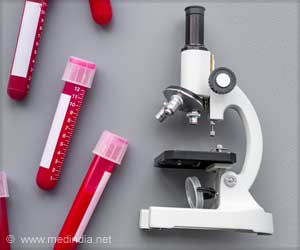University of Massachusetts Amherst team of chemical engineers has developed a computational model that shows that carbon nanotubes may expand the storage limit for hydrogen to power 'green' cars.
"If this works as we expect, it's perhaps no longer science fiction to hope for a briefcase-sized hydrogen battery to run a bus or car," said UMass Amherst chemical engineering professor Dimitrios Maroudas."Hydrogen storage has been a huge problem in the energy field for the past 10 years because no one has been able to demonstrate a truly viable storage medium," he added.
"We've shown that it's possible to achieve hydrogen storage capacity up to 8 percent by weight using carbon nanotubes. This is an outstanding level, higher by 1 percent than the 2010 United States Department of Energy target for on-board hydrogen storage systems," said Maroudas.
"The method we propose may lead to breaking the bottleneck," he added.
The UMass Amherst computational model strongly lends itself to verification in laboratory experiments, according to Maroudas and colleagues, and it provides ample testable hypotheses for future experimental research.
"People had been losing faith, but I think our predictions show that hydrogen should be back on the table and in a most promising way. We come up with modeling predictions for technologically relevant problems every day, but this cute model is special," noted Maroudas.
Advertisement
It should also prevent ineffective and nonuniform hydrogenation, which is caused by nanotube swelling due to chemisorption of hydrogen atoms on the nanotube walls.
Advertisement
Following this approach should result in one hydrogen atom being able to chemisorb onto - form a chemical bond with - each carbon atom of the nanotubes, leading to 100 percent (atomically) storage capacity, according to Maroudas.
Source-ANI
ARU









